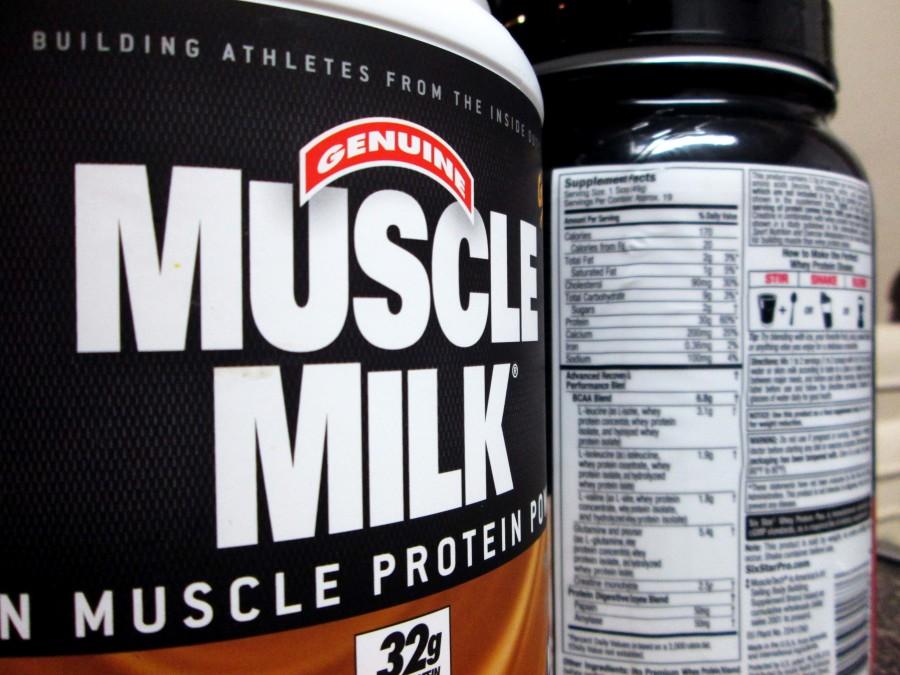By Resty Grey
Senior Staff Writer
Bacon grease sizzles on the skillet every morning, engulfing your apartment with the pleasant aroma of burning flesh. Two links of sausage sit beside your tall glass of prepackaged produced protein powder. American society is obsessed with protein, but what are these meat and food products really costing us?
The American population is rapidly increasing. The consumption of food lies parallel to this statistic. Diminishing natural resources points to the instability of American meat-based diets.
Predominantly meat-based diets consume more natural resources to produce the equivalent amount of protein when compared to a common lacto-ovo vegetarian diet. A lacto-ovo vegetarian does not eat animal flesh of any kind but does consume dairy and eggs.
The recommended dietary allowance (RDA) for protein is 0.36 grams of protein per pound. This information is all arbitrary to the individual and depends on many different factors, but this roughly amounts to 56 grams of protein to maintain the body weight of a person weighing 155 pounds.
A person is required to consume 29 slices of bacon in order to amount the density of one cup of oatmeal. 29 slices of bacon roughly yields 87 grams of protein, which is 158 percent of the RDA before you’ve even reached lunch.
Not only is overconsuming protein “bad” for the body, but according to David Pimentel and Marcia Pimental’s article, “Sustainability of Meat-Based and Plant-Based diets and the environment,” the amount of resources needed to produce livestock to feed Americans equates to roughly seven times the amount of grain that would be required to directly feed American society.
Meat-based diets concentrate on the consumption of protein in favor of micronutrients necessary to help the body function properly. However, most American meat-based diets focus on the consumption of macronutrients, failing to consider the micronutrients necessary for proper sustainability. Meat just is not as nutrient dense as vegetables, grains, nuts, seeds, fruits and legumes.
Furthermore, David and Marcia Pimental write that “the food storage and malnourishment problem is primarily related to rapid population growth in the world plus the declining per capita available of land, water and energy resources.”
Considering that the livestock population required to feed Americans is five times the amount of the human population, the sustainability of the lacto-ovo vegetarian diet seems much more plausible in the larger scope of life on earth.
David and Marcia Pimental write that “for every 1kg of high-quality animal protein produced, livestock are fed about 6kg of plant protein.”
Switching to a plant-based diet would result in fewer natural resources being consumed to feed the same amount of people on Earth, which is why it is a more sustainable way of eating.


